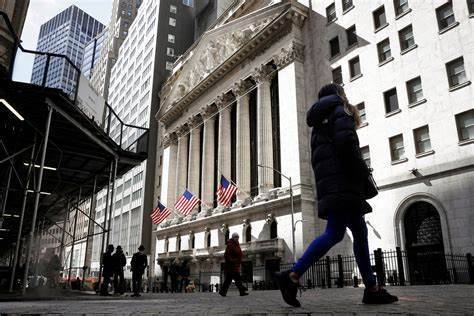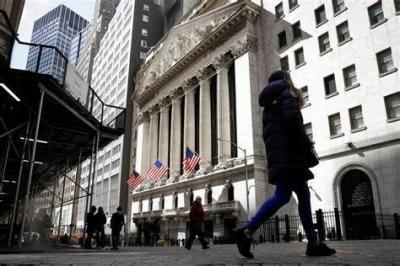The annual inflation rate in the United States slowed further in November, with core price pressures continuing to decline, which may bolster financial market expectations for a cut in interest rates next March. The Bureau of Economic Analysis, part of the Department of Commerce, reported today that inflation, measured by the Personal Consumption Expenditures (PCE) Price Index, fell by 0.1 percent last month after remaining unchanged in October. On a year-over-year basis, the PCE Price Index rose by 2.6 percent after a 2.9 percent increase in October. October was the first month since March 2021 that the index's reading was below three percent on a year-over-year basis.
Excluding the volatile food and energy components, the core PCE Price Index increased by 0.1 percent in November. The core index rose by 3.2 percent year-over-year in November, the lowest increase since April 2021, following a 3.4 percent increase in October. The Federal Reserve monitors the PCE Price Index in hopes of reaching its targeted inflation rate of two percent. The central bank kept interest rates unchanged last week and hinted that the tightening monetary policy approach it has followed over the past two years may be coming to an end, and borrowing costs will be lower in 2024. Since March 2022, the Federal Reserve has raised rates by 525 basis points to the current range of 5.25 to 5.50 percent.




